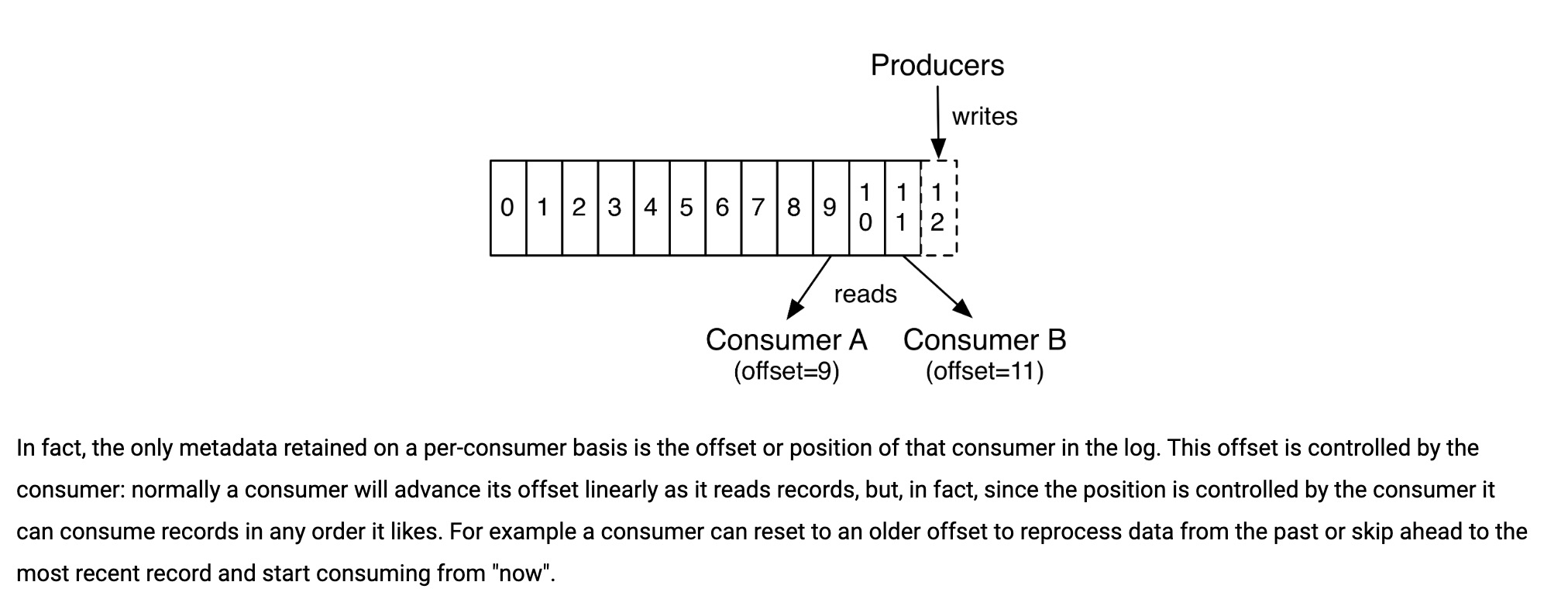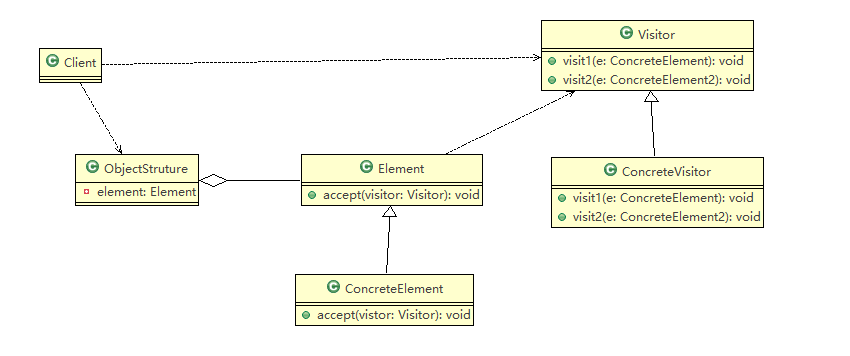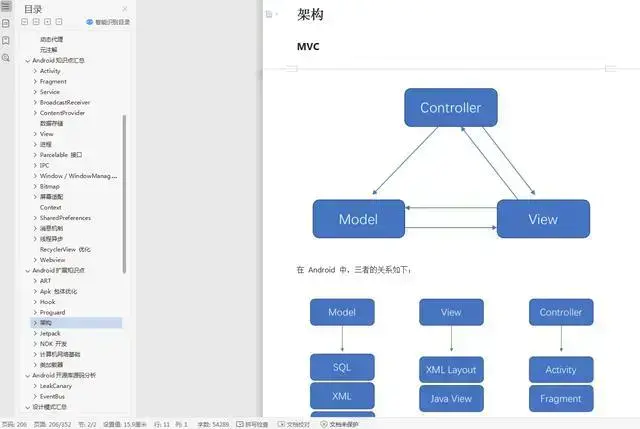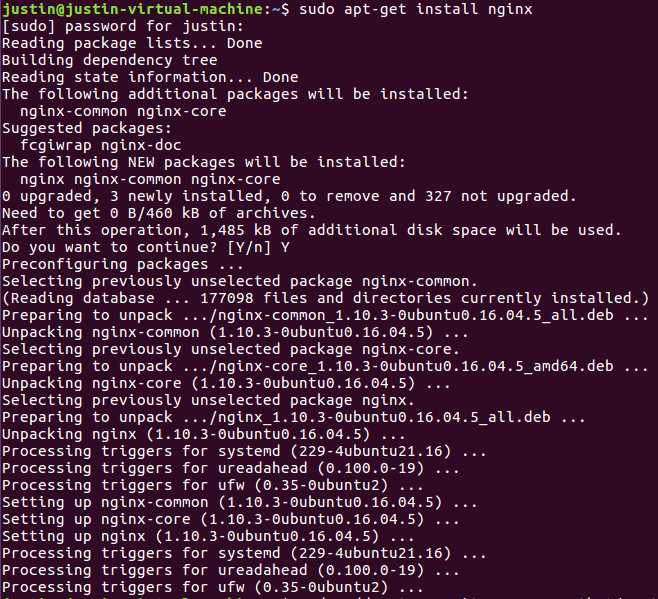详解Java中的字节序列化与反序列化案例
在Java中,字节序列化和反序列化是常见的对象持久化方式。下面详细讲解这两个过程的案例。
- 字节序列化(Serialization)
场景:一个Student类的对象student需要保存到磁盘。
代码:
import java.io.*;// 定义一个Student类class Student {String name;int age;// 构造函数public Student(String name, int age) {this.name = name;this.age = age;}}public class SerializeExample {public static void main(String[] args) {// 创建一个学生对象Student student = new Student("Tom", 20);// 字节序列化为字节数组byte[] serializedStudent = serializeObject(student);System.out.println("Serialized Student: " + serializedStudent);// 反序列化恢复为对象Student deserializedStudent = deserializeObject(serializedStudent, Student.class));System.out.println("Deserialized Student: " + deserializedStudent);}// 字节序列化方法private static byte[] serializeObject(Object obj) {ByteArrayOutputStream bos = new ByteArrayOutputStream();ObjectOutputStream oos = new ObjectOutputStream(bos);try {oos.writeObject(obj);oos.flush();return bos.toByteArray();} catch (IOException e) {e.printStackTrace();}return null;}// 反序列化方法private static Object deserializeObject(byte[] serializedObj, Class<?> clazz) {ByteArrayInputStream bis = new ByteArrayInputStream(serializedObj);ObjectInputStream ois = new ObjectInputStream(bis);try {return ois.readObject(clazz);} catch (IOException | ClassNotFoundException e) {e.printStackTrace();}return null;}}
- 字节反序列化(Deserialization)
场景:从磁盘读取字节数组,恢复为Student类的对象。
代码:
// 从磁盘读取字节数组byte[] deserializedStudent = readFromFile("serialized_student.bin");// 将字节数组反序列化Student reconstructedStudent = deserializeObject(deserializedStudent, Student.class));System.out.println("Reconstructed Student: " + reconstructedStudent);
以上就是Java中字节序列化与反序列化的简单示例。



































还没有评论,来说两句吧...